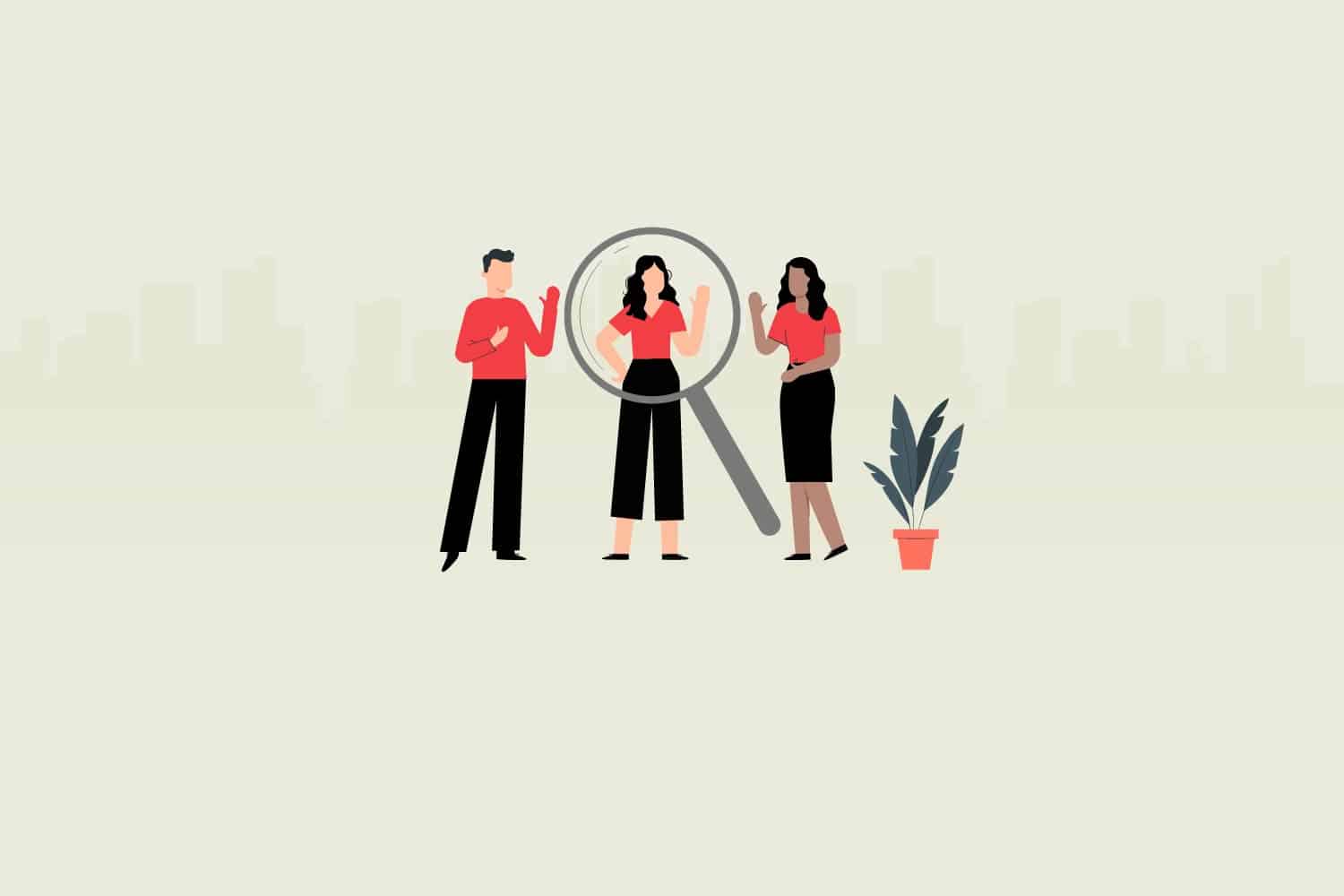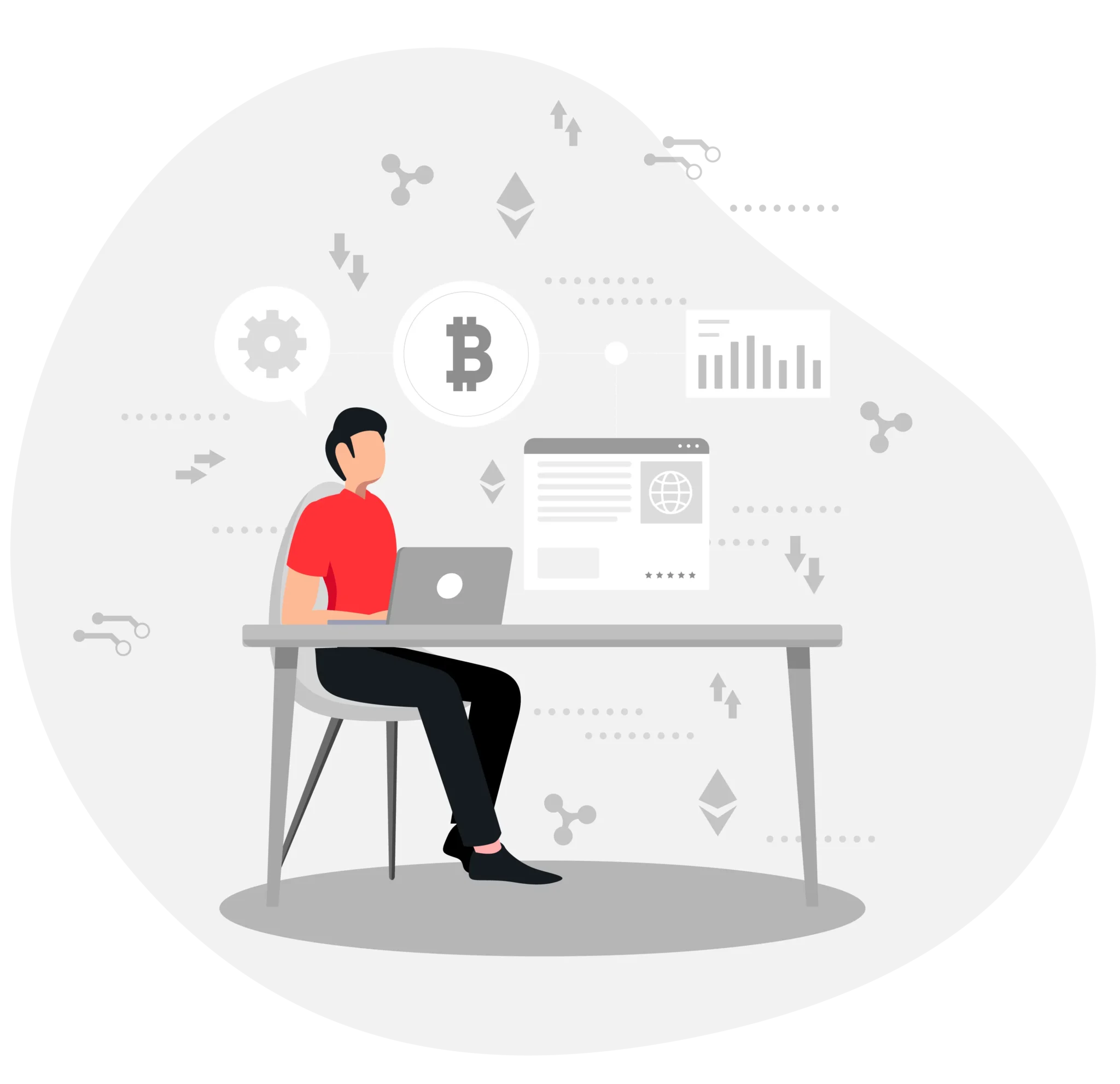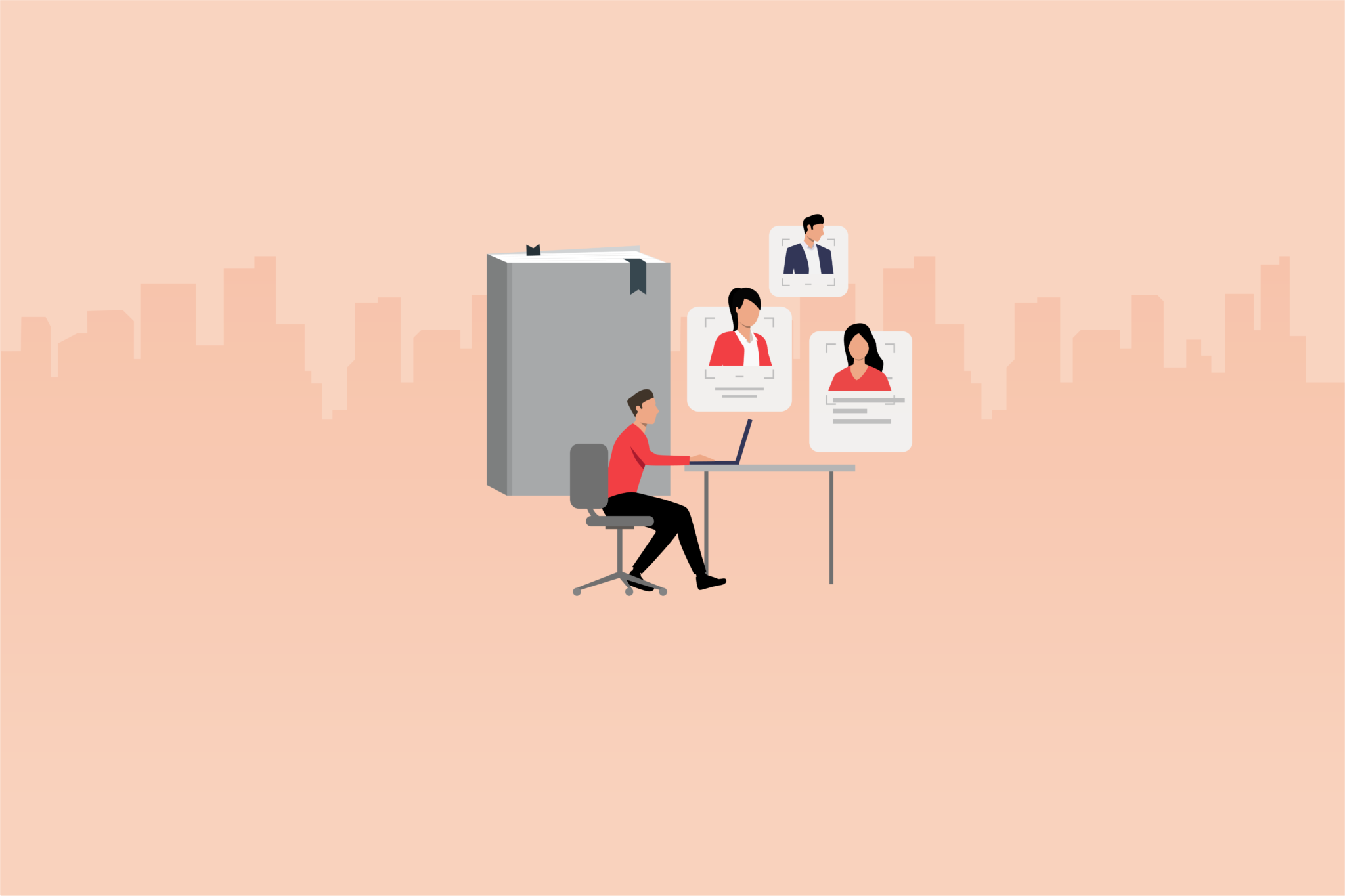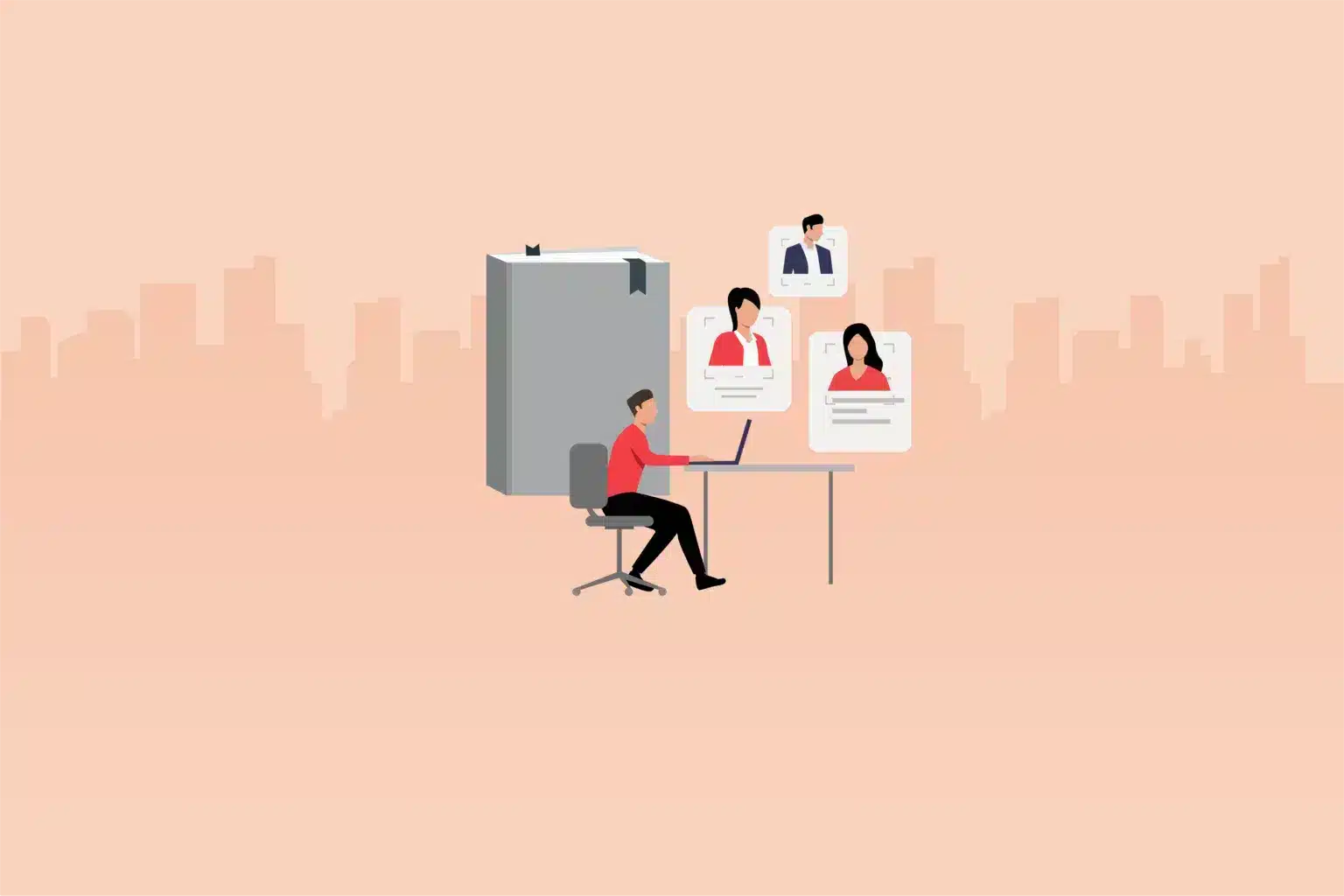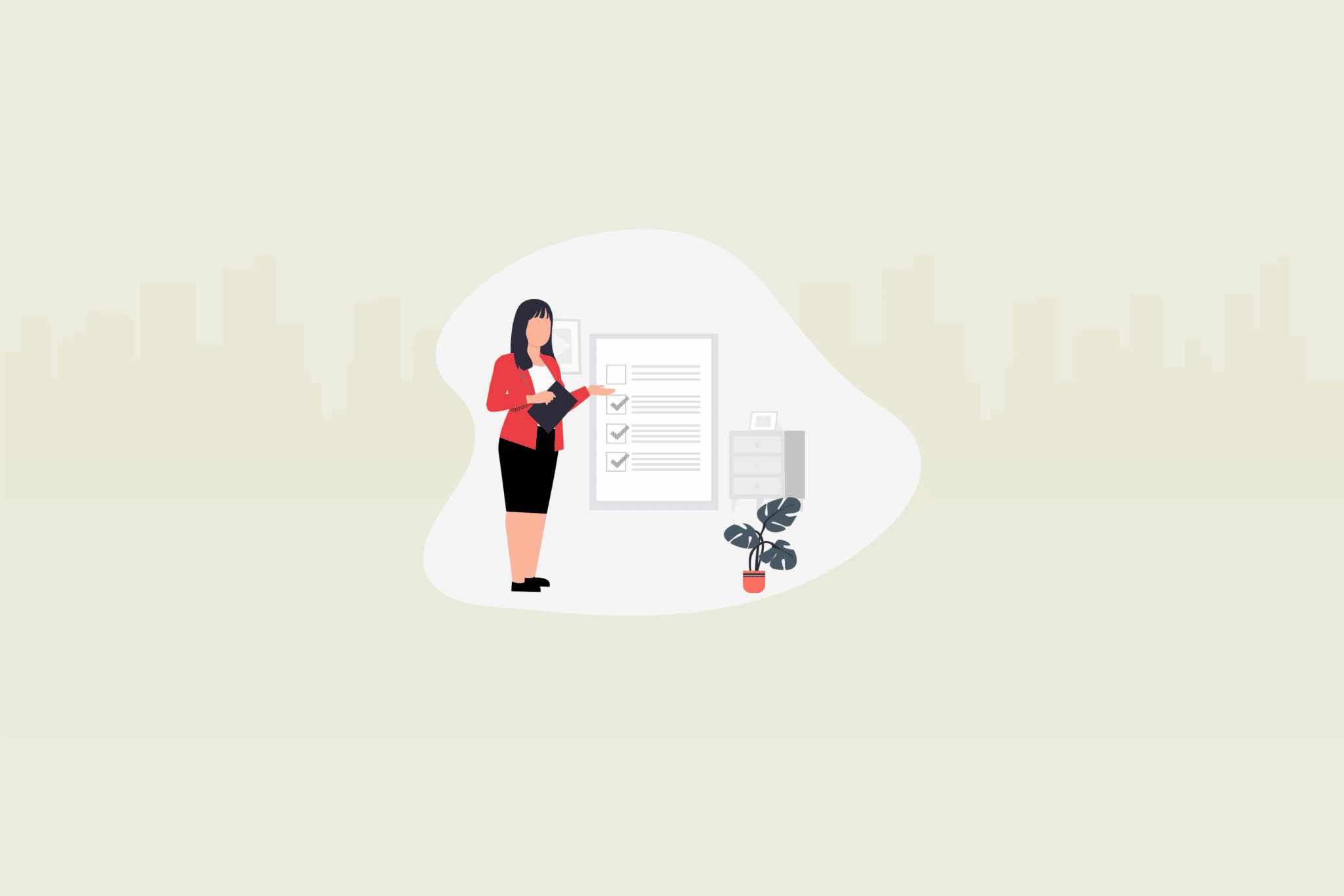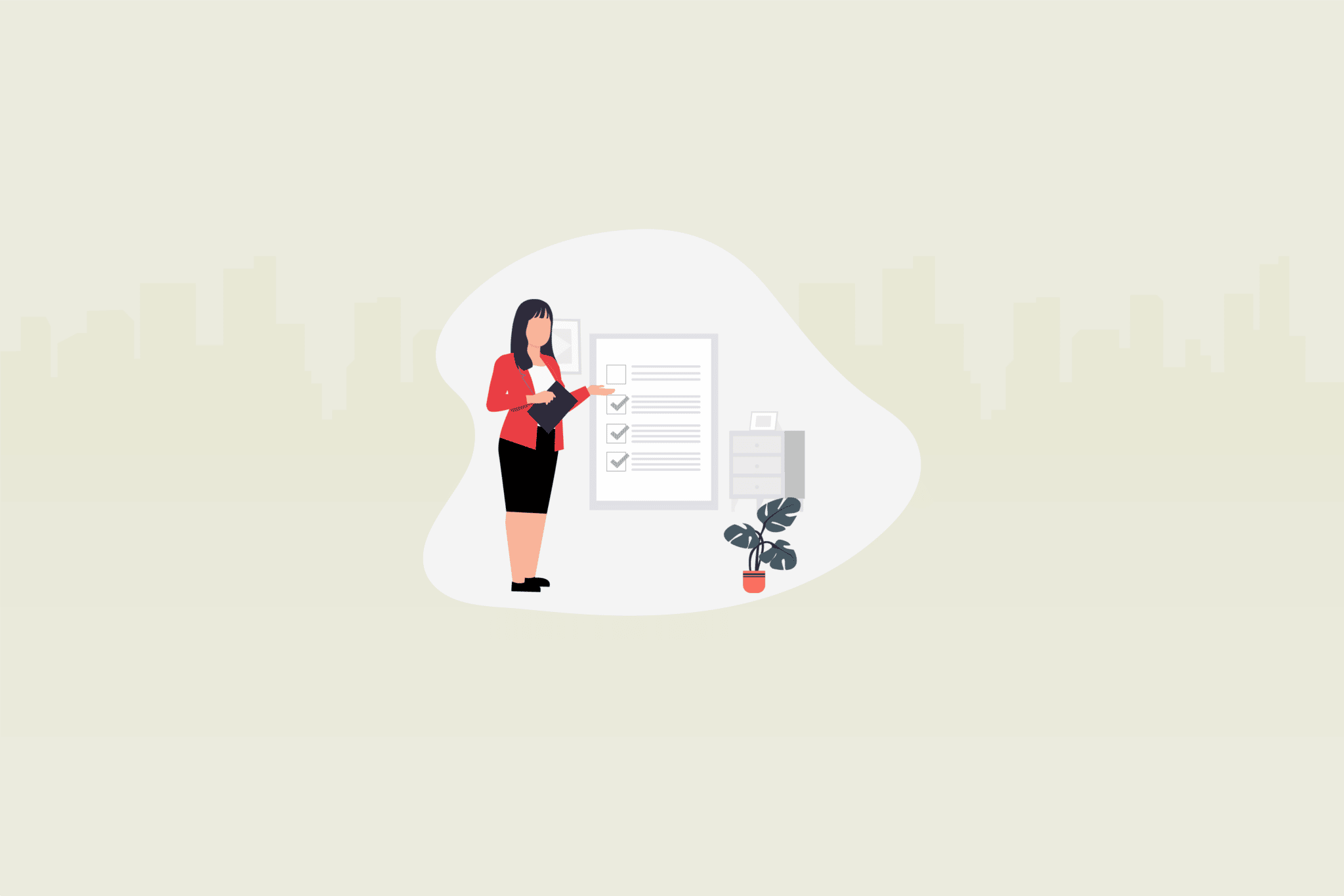Hiring with AI is faster, more accurate, and cheaper than hiring traditionally.
44% of recruiters emphasize saving time as one of the main reasons for implementing AI in their hiring processes (LinkedIn).
But before integrating AI into the hiring process, a recruiter should always be aware of the latest AI trends in HR management. This is why in this latest blog from Testlify, we’ll look at the 5 emerging AI trends in HR management.
AI-driven recruitment tools
Having an AI-driven recruitment tool is like having a super-smart assistant who works 24/7, making the hiring process faster and more efficient. Imagine you’re trying to find the perfect candidate for a job. Instead of sifting through a mountain of resumes, AI tools do the heavy lifting. They scan resumes, picking up key skills and experiences that match what you’re looking for. It’s like a matchmaker for jobs and people.
But it’s not just about sorting resumes. These tools can also help with posting job ads in the right places. They understand where to find the best candidates, whether it’s a niche job board or a specific social media group. It’s like casting a wider net but in the right part of the ocean.
Then there’s the interview process. AI can help schedule interviews and even assist in initial screening calls. Some AI tools use language analysis to gauge a candidate’s responses, giving insights that might not be obvious at first glance.
The best part? AI-driven recruitment reduces biases. It focuses on skills and experience, not on a candidate’s name or background. This means a fairer, more diverse workplace. With AI, the future of recruitment looks not just smarter but also more inclusive.
Enhanced employee experience with AI chatbots
Think of AI chatbots in HR like helpful little robots always there to answer your questions, any time of the day. These chatbots are making life easier for employees in many ways. Imagine you’re new at a job and have many questions – from where to find specific documents to understanding your health benefits. Instead of waiting for HR to reply, you can just ask the chatbot and get instant answers. It’s like having a personal HR assistant in your pocket.
These chatbots are not just for simple queries. They’re getting more intelligent and can handle complex questions, like explaining company policies or guiding you through a tricky HR process. And they learn from each interaction, so they keep improving at helping you.
But it’s not all business. These chatbots can make work more fun. They can send out reminder for team events or even share a joke occasionally. It’s like having a little bit of cheer spread throughout your workday.
By handling the routine queries, AI chatbots free up the human HR team to focus on more complex issues. This means when you need to talk to someone, they’re available and not swamped with small questions. It’s a win-win – better employee support and a more efficient HR department.
Predictive analytics in employee retention as ai trends in HR management
Predictive analytics in HR is like having a crystal ball that helps keep your team happy and sticking around. It’s all about using data to spot trends and predict which employees might be thinking of leaving. This way, companies can act before it’s too late.
Imagine this: by looking at patterns like how often someone takes leave, their work hours, and their engagement levels, AI can give a heads-up if someone seems less happy at work. It’s like noticing that a friend seems a bit off and asking them what’s wrong before things get worse.
But it’s not just about spotting who might leave. Predictive analytics also helps figure out what keeps employees happy. Maybe it’s more flexible working hours, opportunities to learn new skills, or feeling more appreciated. Companies can make changes to keep their teams content by understanding these needs.
This approach is proactive. Instead of waiting for exit interviews to find out why someone left, predictive analytics allows companies to make improvements right now. It’s like fixing a leaky roof before it rains – it saves a lot of trouble later on.
Ultimately, using predictive analytics means companies can create a better workplace where people want to stay. And when people stick around, it’s good for everyone – the employees, the team, and the whole company.
AI in performance management
AI in performance management is like having an intelligent coach who helps employees grow and do their best at work. Instead of the old way of waiting for annual reviews to get feedback, AI offers a more dynamic and personalized approach.
Here’s how it works: AI tools monitor your work progress. They notice your goals and where you might need more help. Think of it like a fitness tracker but for your job. It tracks your achievements and suggests new skills you could learn to improve.
But it’s not just about tracking. AI also provides real-time feedback. This means you don’t have to wait for a formal meeting to know how you’re doing. You get helpful tips and encouragement along the way. It’s like having a supportive mentor who’s always there to guide you.
AI also personalizes your development plans. Based on your strengths and areas for growth, it suggests training and projects tailored just for you. This means you’re not just working hard; you’re working smart on things that really help you grow.
Companies use AI in performance management to create a more engaging and motivating work environment. Employees get the support they need to excel, and managers can focus on coaching and strategizing, not just evaluating. It’s a modern approach to helping everyone be their best at work.
Ethical considerations and bias reduction
When we bring AI into HR, we also need to think about ethics and reducing biases. It’s like having a powerful tool in your hands – you want to ensure you’re using it for good.
AI can be a big help in making fair decisions. For example, when reviewing resumes, AI can focus on skills and experience rather than someone’s name or where they went to school. This way, everyone gets a fair shot, no matter their background. It’s like having a blind audition, where the focus is purely on talent.
But, there’s a catch. AI systems learn from the data we give them. If this data has biases, then the AI might learn these biases too. It’s like teaching a child – they pick up on everything, good and bad. That’s why it’s crucial to use diverse and unbiased data to train AI systems.
Another important part is transparency. People should know when AI is used in HR processes and how decisions are made. It’s about building trust and ensuring everyone understands and agrees with how AI is used.
Finally, there’s the human touch. AI is a tool, but it shouldn’t replace human judgment, especially in sensitive matters. It’s like using a GPS to navigate – it helps you find your way, but you’re still the one driving the car.
In short, using AI in HR ensures it’s fair, transparent, and balanced with human insight. It’s all about using technology to create a more just and inclusive workplace.
Conclusion
In conclusion, AI trends in HR management are constantly changing with time. This is why recruiters need to be extra careful when hiring new employees. With that being said, following Testlify’s newsletter can also help recruiters get regular updates on improving their hiring process with the latest recruitment trends.
Choose Testlify as your next remote assessment tool and create pre-hire assessments with the help of AI in just a few clicks. Sign up with us now to check out how Testlify works. Want us to show you around? Book a 30-minute demo call right now.
